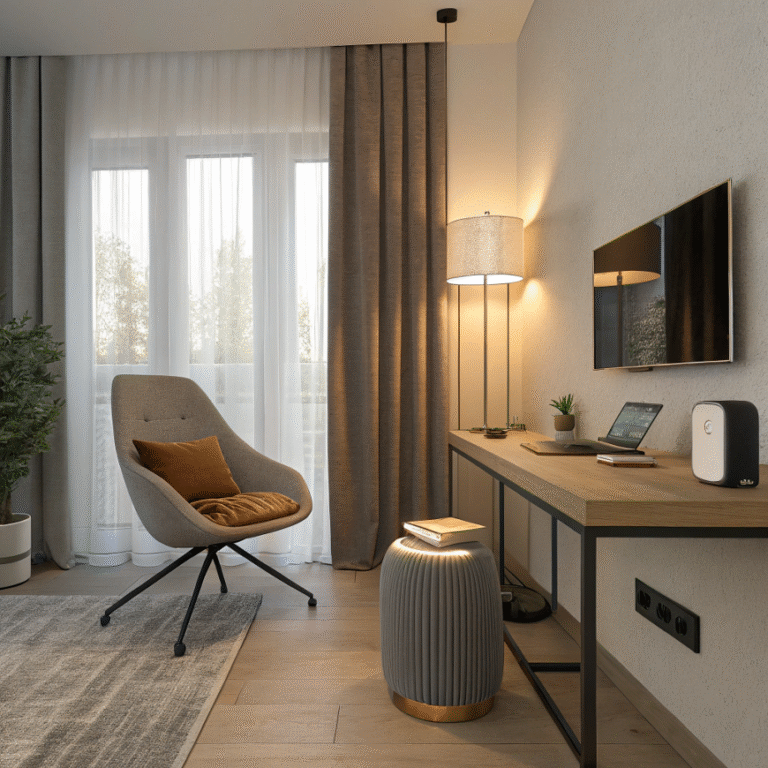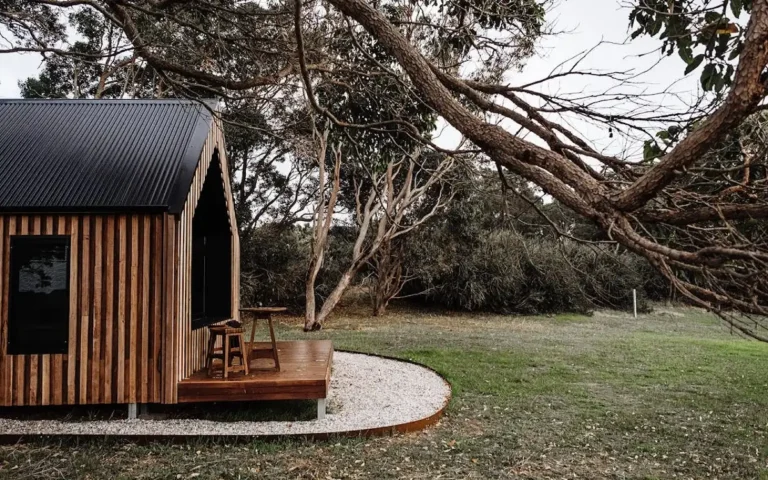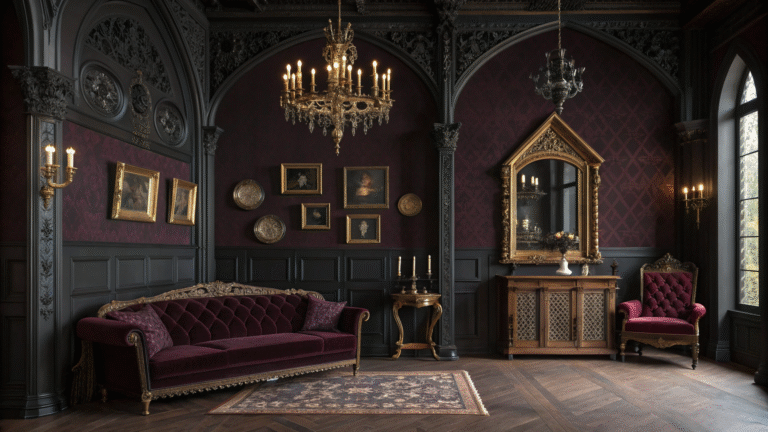Jib Door: The Art of the Invisible Door in Interior Design(2025)
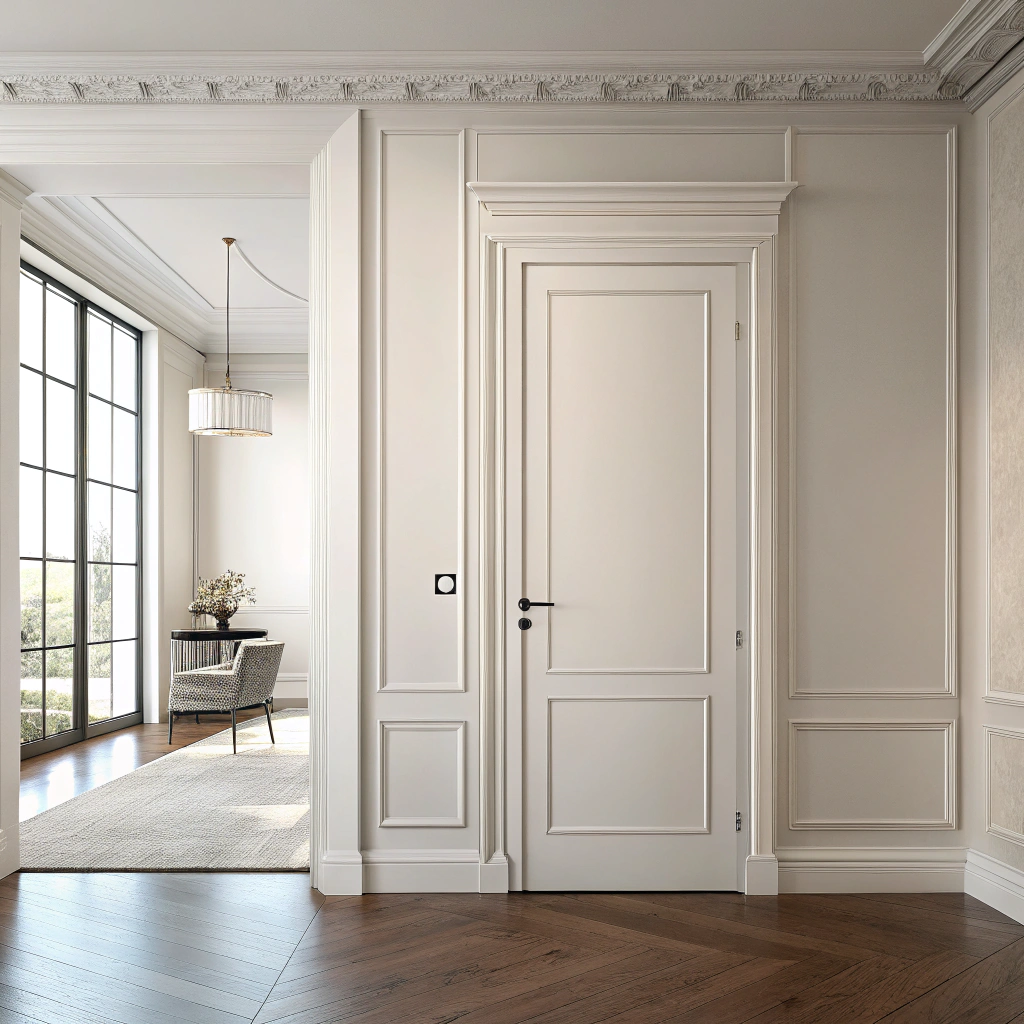
A jib door is a unique type of door designed to blend seamlessly with the surrounding wall, creating a hidden or camouflaged entrance. Unlike conventional doors, jib doors are flush with the wall surface, lacking visible frames, handles, or hinges, making them virtually invisible and perfect for creating a sleek, uninterrupted aesthetic in interiors.
What is a Jib Door?
A jib door, sometimes called a flush door or hidden door, is set flush with the wall surface, painted or finished to match the wall exactly. This design conceals the door’s presence, making it blend perfectly with the surrounding décor. Typically, its hinges are concealed on the back side, and it opens inward into the room it faces, maintaining the illusion of unbroken wall space.
Such doors are usually the same dimensions as standard doors, allowing easy passage without stooping or bending, but they minimize any visual disruption to the room’s design.
Historical Significance of Jib Doors
Originating in Georgian-era Britain, jib doors became popular in the 18th and 19th centuries as part of the Palladian and Neo-Classical architectural movements. These styles valued balance, symmetry, and harmonious interior designs that jib doors helped preserve by hiding doorways in walls without breaking the flow of decorative treatments.
Historically, jib doors were used to conceal entrances to servant quarters, dressing rooms, private studies, or secondary staircases, providing both functional access and aesthetic discretion.
Key Features of a Jib Door
- Flush with the wall: No visible door frame or trim, creating a continuous flat surface.
- Camouflaged finish: Painted, wallpapered, or paneled to exactly match the wall.
- Concealed hinges: Hinges are hidden from the front view, often installed on the back side.
- Minimal or hidden hardware: No visible handles or locks on the front; any locks or latches are discreetly placed inside.
- Functional size: Typically full door height and width, allowing comfortable access.
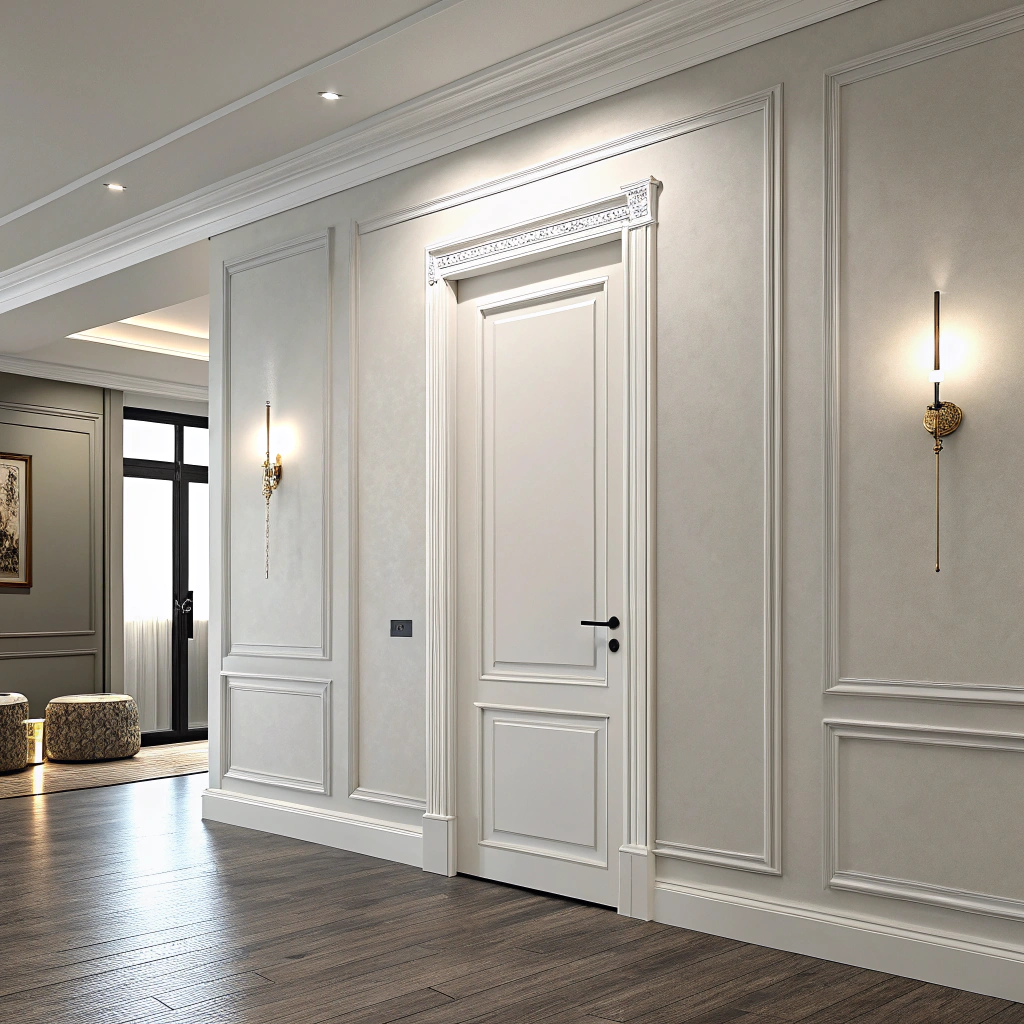
Benefits of Using a Jib Door
- Aesthetic continuity: It preserves the visual harmony of a room by eliminating the interruption caused by visible door frames.
- Creates hidden spaces: Ideal for secret rooms, private offices, or concealed storage areas.
- Enhances minimalist designs: Perfect for modern interiors where simplicity and clean lines are prioritized.
- Adds intrigue: Offers a mysterious or sophisticated architectural feature that can be both functional and decorative.
Installation Considerations
Installing a jib door requires precision:
- Accurate measurements: The door must fit perfectly flush with the wall.
- Matching finishes: The paint or wallpaper on the door must match the surrounding wall exactly.
- Proper gaps: Small gaps (typically 3-4 mm) around the door allow smooth opening without damaging wallcoverings.
- Concealed hardware: Special hinges and latch mechanisms ensure the door’s invisibility is maintained.
Wall finishes like delicate wallpapers or bespoke paints need extra care during installation to prevent damage and maintain the seamless appearance.
Modern Uses and Design Trends
Today, jib doors are popular in both traditional and contemporary interiors for adding sophistication and functionality. Designers use them in:
- Living rooms to conceal entertainment units or passageways.
- Home offices for private entrances.
- Bedrooms and dressing rooms to hide closets.
- Libraries or studies for secret entrances.
- Minimalist homes seeking uninterrupted wall designs.
By merging functionality with discreet elegance, jib doors offer a unique solution to design challenges.
FAQs About Jib Doors
What is a jib door?
A jib door is a type of hidden or flush door that is designed to blend seamlessly with the surrounding wall. It has no visible frames, and the hinges and handles are concealed, making the door virtually invisible.
How do jib doors work?
Jib doors use concealed hinges and often magnetic or push-to-open mechanisms to open smoothly while maintaining their flush, hidden appearance.
What materials are jib doors made of?
They can be made from solid wood, MDF, drywall, or other materials that can be finished to match the surrounding wall exactly.
Are jib doors difficult to install?
Installation requires precision and expertise to ensure the door fits perfectly and remains flush with the wall. It’s recommended to hire a professional carpenter for best results.
Can jib doors be added to existing walls?
Yes, they can be retrofitted but the process is more complex than installation during new construction. Professional assessment is advised.
What are the benefits of jib doors?
They offer aesthetic continuity, help create hidden spaces, enhance minimalist designs, and add a sense of intrigue to interiors.
How much do jib doors cost?
Costs vary depending on size, materials, hardware, and installation complexity, generally higher than standard doors due to specialized components and labor.

